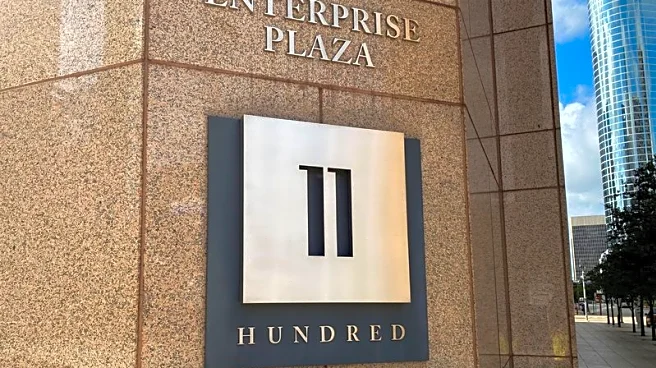What is the story about?
What's Happening?
The U.S. hotel industry reported mixed performance for the week ending August 9, 2025, according to CoStar's data. National occupancy rates decreased by 1.0% year-over-year, with average daily rates (ADR) slightly dipping by 0.6%. Revenue per available room (RevPAR) fell by 1.6%. San Francisco emerged as a top performer, driven by major events like the World Transplant Congress, with occupancy rising by 12.8% and RevPAR increasing by 22.2%. Conversely, Houston experienced significant declines in occupancy and RevPAR, attributed to the aftermath of Hurricane Beryl in 2024.
Why It's Important?
The varied performance across U.S. hotel markets highlights the impact of external factors such as major events and natural disasters on the industry. San Francisco's success underscores the importance of event-driven demand, while Houston's struggles illustrate the long-term effects of disruptions. These dynamics affect revenue generation and strategic planning for hotel operators. Understanding these market variations is crucial for stakeholders to optimize operations and capitalize on opportunities in thriving regions while addressing challenges in others.
What's Next?
Hotel operators may focus on leveraging event-driven demand in markets like San Francisco to boost performance. In regions like Houston, recovery strategies may involve targeted marketing and operational adjustments to attract visitors and stabilize occupancy rates. The industry will likely continue to navigate a complex landscape, requiring adaptive strategies to manage varying market conditions. Monitoring future events and potential disruptions will be essential for maintaining competitive advantage and ensuring sustainable growth.
AI Generated Content
Do you find this article useful?













